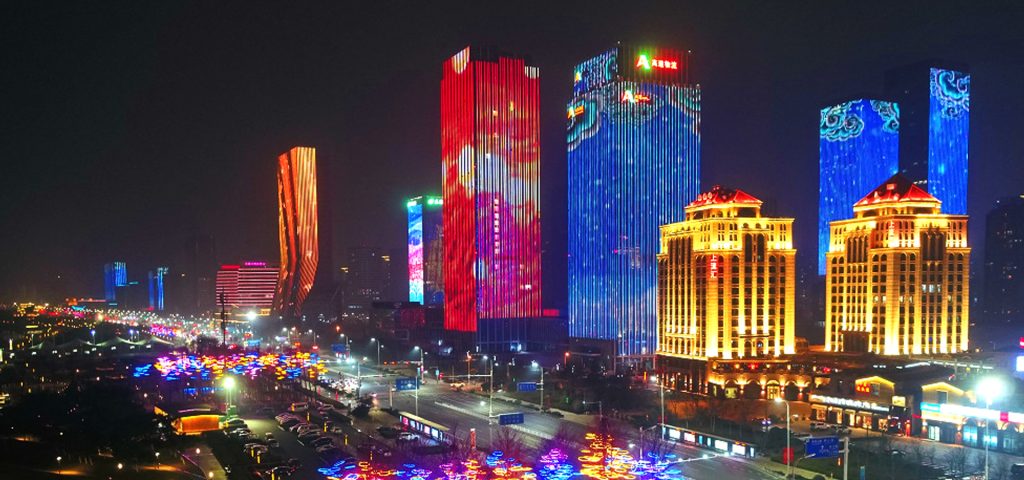The Silent Revolution of Urban Lighting
Point light—once limited to basic illumination—now anchor smart city ecosystems. By integrating IoT sensors, AI, and connectivity, these lights transform into multifunctional urban sentinels, enabling real-time data exchange, energy optimization, and citizen engagement
Beyond Lighting: 5 Key Roles of Smart Point Light
1. Data-Driven Environmental Monitoring
- Air Quality & Noise Sensors: Smart poles collect real-time data on pollutants, humidity, and noise, creating hyperlocal environmental maps for city planners.
- Example: Telefónica’s AI-powered streetlights analyze weather and mobility patterns to adjust lighting profiles, cutting energy use by 30%
2. Intelligent Traffic and Safety Systems
- Adaptive Illumination: Lights brighten when sensors detect pedestrians or vehicles (e.g., school zones after dusk), enhancing safety while saving energy.
- Emergency Response: Integrated “panic buttons” enable instant communication with help centers, while cameras provide real-time situational awareness
3. 5G and Connectivity Hubs
- Seamless Network Coverage: 5G micro-base stations on light poles eliminate dead zones, supporting autonomous vehicles and smart infrastructure.
- Public Wi-Fi: Free internet access promotes digital inclusion in parks, transit stops, and underserved areas
4. Energy and Carbon Reduction
Tunable White Technology: Lights shift from cool white (high-visibility mornings) to warm amber (low-energy nights), reducing light pollution and protecting nocturnal ecosystems.
Results: Cities like Zhangjiagang slashed energy use by 35% and annual CO₂ emissions by 12,000 tons after LED upgrades
5. Interactive Public Services
- Digital Signage: Displays transit updates, air quality reports, or emergency alerts.
- EV Charging Stations: Poles double as charging points, supporting urban electrification

Case Studies: Global Innovations in Action
- Singapore: Smart lampposts monitor crowd density during festivals, dynamically adjusting light levels to guide flow.
- Shenzhen: 15,000+ multifunctional poles host 5G, traffic cameras, and payment systems, forming a citywide “data spine”.
- Amsterdam: Tvilight’s tunable lights reduce energy waste by 50% while creating safer bike paths
Future Trends: AI and Citizen-Centric Design
- Predictive Analytics: AI will forecast lighting needs using historical mobility data (e.g., adjusting brightness before concerts or storms).
- Human-Centric Lighting: Bio-adaptive spectra could regulate circadian rhythms in residential areas.
- Autonomous Integration: Lights may communicate with self-driving cars, signaling road hazards via LiDAR